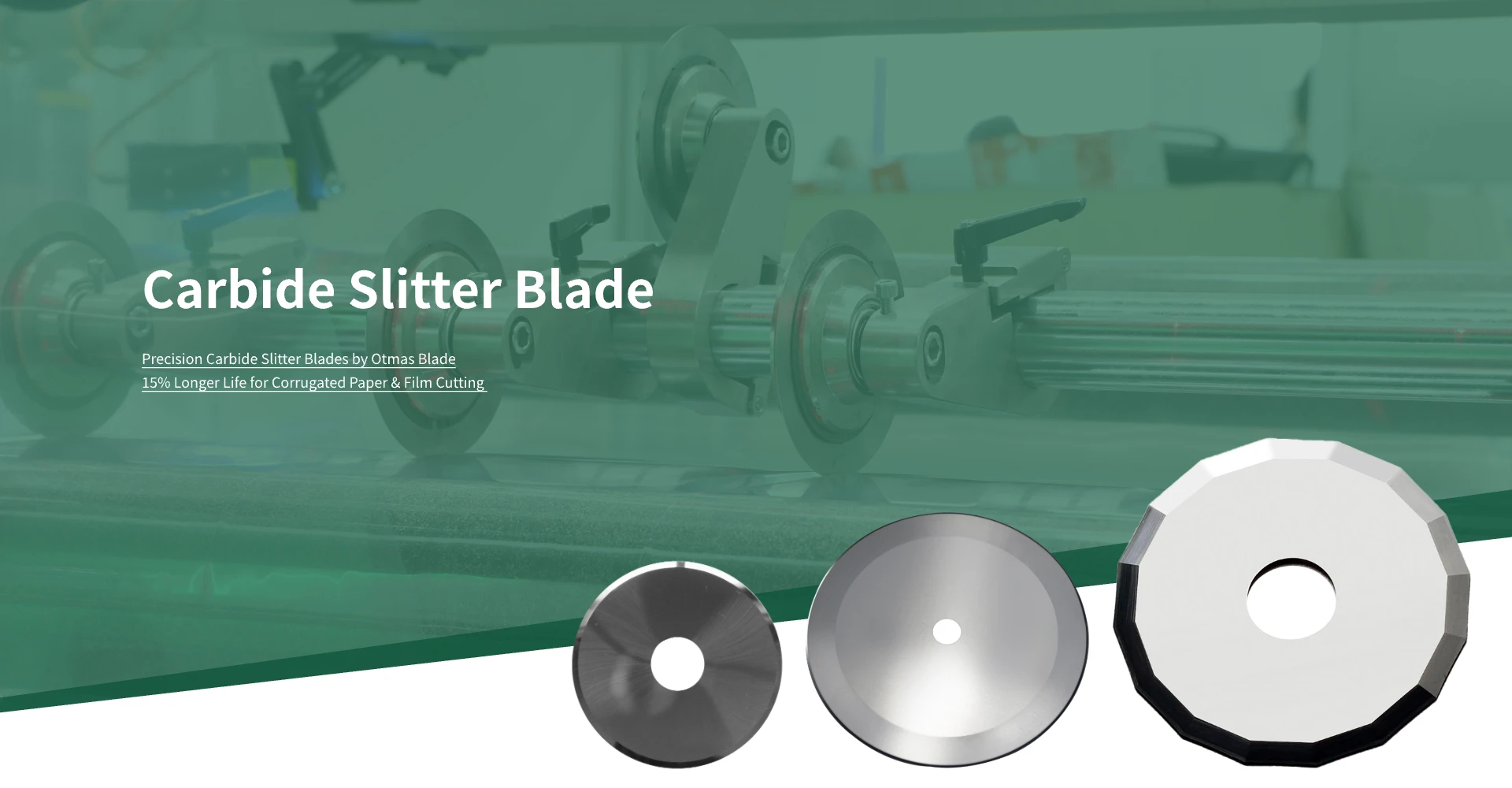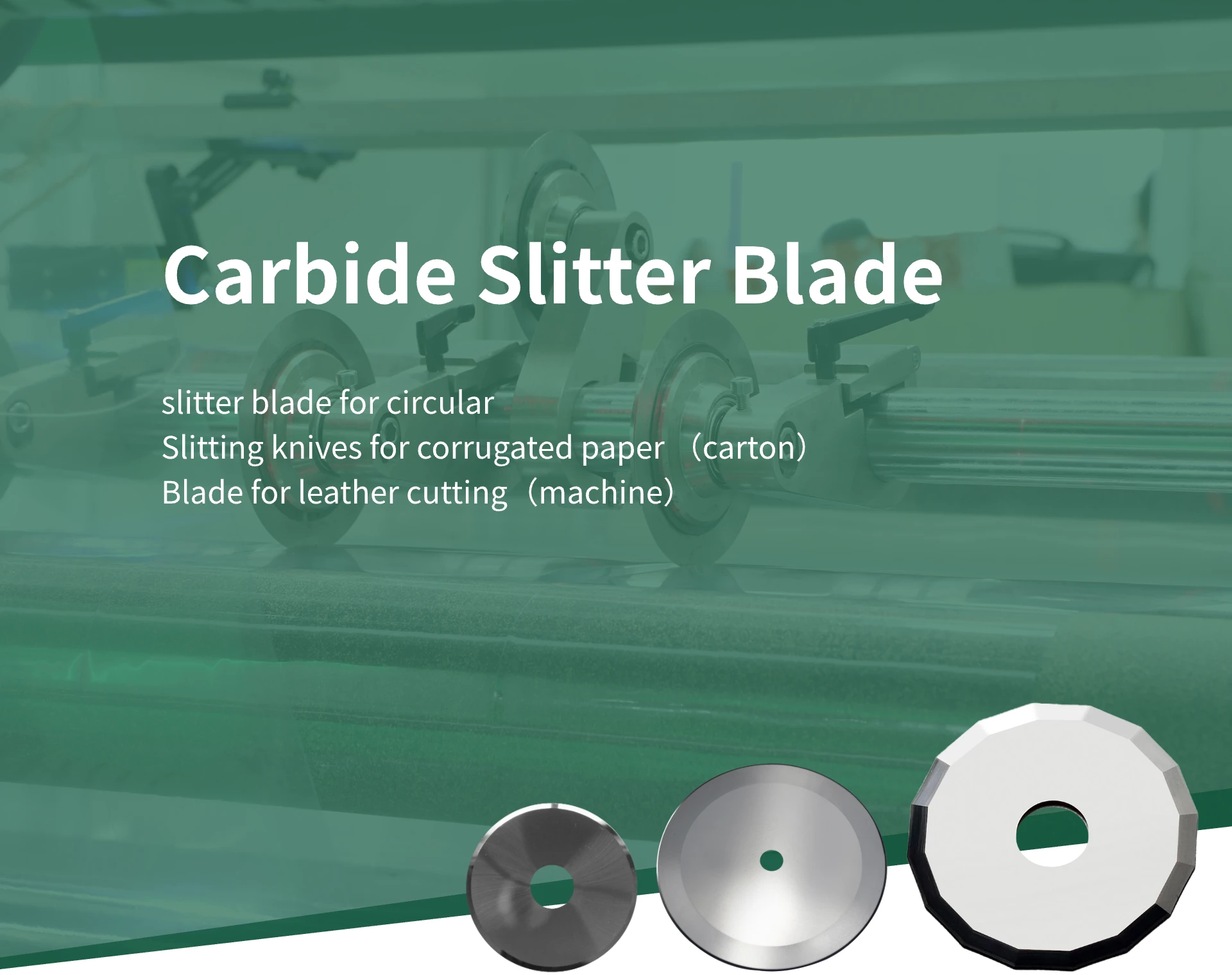About OTMAS BLADE
Precision Tungsten Carbide Blade Manufacturer Serving Global Industrial Needs
BLOG
2025-12-12
Woodworking PCD Pre-milling Cutters: A Comprehensive Analysis
“Looking to improve your edge-banding quality and reduce tool-change downtime? I can help you evaluate whether PCD pre-milling cutters are the right upgrade for your production line.”
2025-12-04
Why Panel Furniture Became the New Mainstream
Panel furniture has rapidly replaced solid wood in modern households, but few people understand the real reasons behind this shift. This article explains the rise of panel furniture from the perspective of urbanization, mass production, cost efficiency, automation, material technology, and consumer behavior. It also addresses common concerns such as environmental safety, formaldehyde levels, durability, and maintenance. A clear and comprehensive guide for anyone curious about why panel furniture became today’s mainstream.
2025-11-28
Why Choose Tungsten Carbide Indexable Inserts?
This article explains why tungsten carbide indexable inserts have become the mainstream cutting tools in modern woodworking. It covers their material advantages, tool-life benefits, geometric design, compatibility with helical cutterheads, real industrial applications, and cost-efficiency compared with traditional HSS blades. The article helps woodworking factories, machinery users, and tool buyers understand how carbide inserts improve productivity, reduce maintenance, and lower overall operating costs.
2025-11-24
How to choose the right woodworking planer blades?
In woodworking production, planer knives serve as the core cutting components that directly influence machining results. Before any lumber enters the processing line, it must first be planed flat to establish a reference surface for all subsequent operations. The sharpness, material composition, and wear resistance of the planer knives determine the smoothness of the wood surface, overall machining efficiency, and production cost. Different knife materials lead to varying cutting performance and service life, and they also affect potential downtime and blade replacement frequency during production. Therefore, selecting the right planer knife is essential for maintaining both efficiency and quality. This article presents a comprehensive Q&A guide to help you understand the differences among planer knife materials and choose the option that best fits your specific woodworking needs.
2025-11-14
Industrial Woodworking Drill Bits vs DIY Drill Bits
In furniture manufacturing, drilling is an essential process. When it comes to choosing the right drill bit, you'll find two distinct options on the market: industrial woodworking drill bits and regular DIY drill bits. What's the difference between them? And why should furniture factories prefer industrial-grade drill bits? Today, we'll dive into these questions to help you make a smarter purchasing decision.
2025-11-10
Spiral Cutterhead for Woodworking: The Key to Higher Planing Precision and Efficiency
A spiral cutterhead is not merely an upgrade from a traditional straight-knife head—it is the key component for achieving high-precision, high-efficiency woodworking. Combining advanced machining accuracy, reduced noise, and easy maintenance, it allows professionals and hobbyists alike to achieve premium surface quality at lower operating cost.


